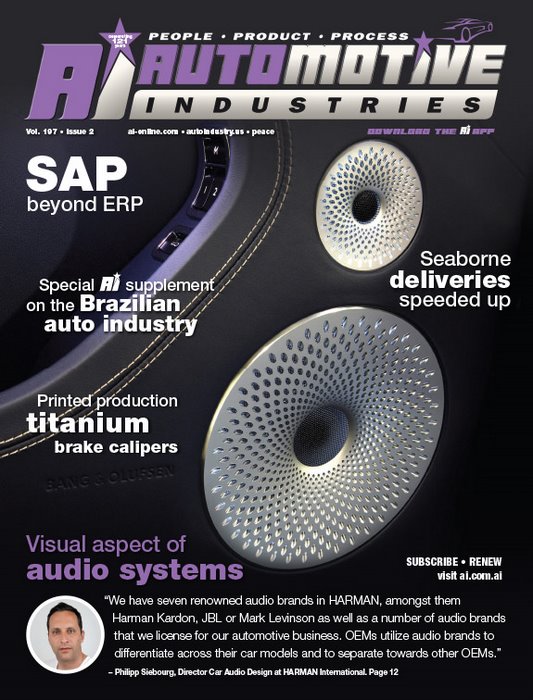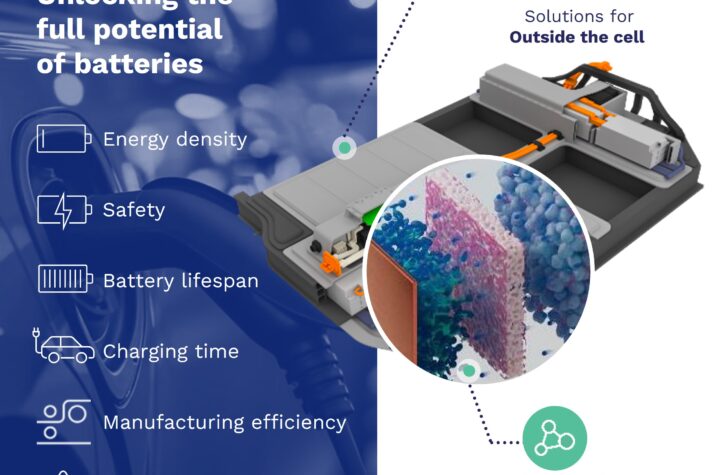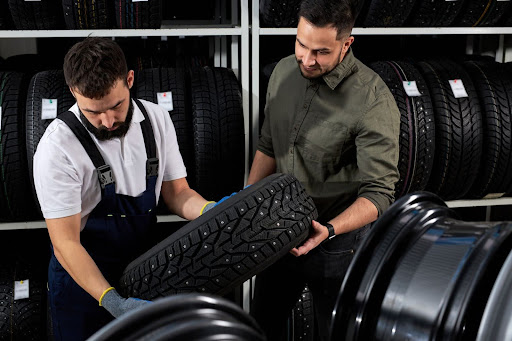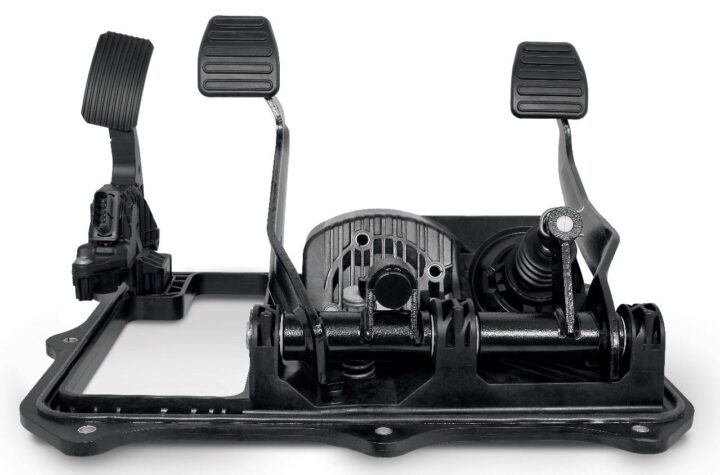
Automotive Industries (AI) asked Philipp Siebourg, Director Car Audio Design at HARMAN International, how audio system design differs from OEM to OEM.
Siebourg:We have seven renowned audio brands in HARMAN, amongst them Harman Kardon, JBL or Mark Levinson as well as a number of audio brands that we license for our automotive business. OEMs utilize audio brands to differentiate across their car models and to separate towards other OEMs.
We do have high-end audio brands at the top end of our portfolio alongside a number of premium and commodity brands.
In the areas where there is a gap – especially at the upper end of the spectrum – we enter into co-operative agreements, such as those we have with Bang & Olufsen and Bowers & Wilkins. Each brand has its own distinct visual identity and differs in design and materials. We use different components in order to deliver distinct levels of quality. For example, at the high end we work closely together with the factory from Bang & Olufsen in Denmark.
Throughout their 90 years of existence, Bang & Olufsen gained more than 40 years of experience in aluminum manufacturing. This high level of craftsmanship we utilize in automotive design is one of the distinctive characteristics of its products.
For each of the brands we develop design guidelines, which highlight the iconic elements of the brand – the characteristics that make it unique. We identify primary and secondary items and elements. We develop alternative materials for more diversity and differentiation, but we always strive to maintain the core DNA of each individual brand.
This comes with the choice of materials, logo placement, a unique pattern design that we script in-house based on mathematical
principles, and the highlighting of iconic technology like tweeter on top for Bowers & Wilkins, ALT (Acoustic Lens Technology) for Bang & Olufsen or horn-like tweeters for JBL. In this way, we celebrate the unique technology of each of the brands we work with. Our goal is to define a strong character and a uniqueness for each specific brand together with the OEM Design Studios to create a higher level of trust and dependence for a stronger bond between our organizations for a long lasting and strong cooperation.
AI asked Greg Sikora, Senior Manager, Head of Acoustic Systems Engineering, Car Audio at HARMAN International, what are the latest trends in car audio technology and audio product design.
Sikora: We are focusing on design to provide more variety and more diversity across the brands. We have an audio specialist on the team to do parametric modelling. He is able to script all of preferences, which makes it easy to modify them. He can also calculate the acoustic transparency. We can then apply the preferences on the grill to support the design preferences of the OEMs. A grill provides protection for the speaker, but is also an important visual and integral part of the speaker.
In general, the trend that I see right now is that we no longer think about individual speakers or components. The speakers
and amplifiers are, of course an essential part of the system, but we define first a user experience and then decide which components we have to bring into the car to achieve it. It includes visual design and the features built into human-machine interface (HMI).
Ultimately, the brand of the audio system also needs to match the DNA of the car model and OEM brand. So, in the design process we first focus on discovering “what is this car about?” We truly want to understand what the OEMs think about their interiors. We look at who is going to use that car, i.e. the target customer. We find out where the model is positioned in the market, consider brand DNA and analyze car cabin acoustics.
Then we move on to engineering stuff such as the interior architecture and speaker layout of the vehicle. Building on our decades of experience in developing high-class audio solutions, we do not just throw speakers inside. We think from the top down.
This shift in approach has also been adopted by the OEMs. We now talk more about sound design rather than speaker count – although the number of speakers is, to an extent, correlated with experience and performance.
Last year we introduced Virtual Venues, which creates a personalized listening experience through different listening environments, mirroring the acoustic fingerprint of famous venues. Therefore, if for example you are playing back a Johann Strauss waltz, Virtual Venues allows you to be virtually transported to the Vienna State Opera, and experience music as if you were actually sitting in the venue, with all the reverb and spaciousness unique to it.
The other very important trend is definitely personalized audio through technologies such as Individual Sound Zones. We are working on this technology to deliver individual experiences in different seats, minimizing cross talk with the help of directional audio streams and active noise canceling.
The future design of audio starts with thinking about user experience and then breaking down the architecture and including these features such as Individual Sound Zones or Virtual Venues. For me this is also the future of autonomous cars where we do not know where the listener will be located or which direction they are facing, so we need to have some kind of adaptable system.
Another trend is that very good sound is no longer reserved for expensive and luxury cars. Look at the B&O PLAY Sound System
in Ford Fiesta or Ford Edge. You would not have found that level of system in that class of car a couple of years ago. The change
has come about because instead of thinking of components we started with the experience and the expectations of the car buyer.
We looked at the Fiesta and analyzed what we wanted to achieve with that car, and how we could support the brand.
In close collaboration with the OEM engineering and design teams, we were able to place the speakers, choose the features, and
design the amplifier for delivering the expected user experience – with a mind-blowing result. A sound system like that really becomes a differentiator for the OEM brand in this specific car and how it is embedded in the overall design of the interior of the car, the philosophy of the car.
AI: How are brand experience, innovative materials, grille patterns and production methods creating vehicle and brand-specific language around premium audio?
Siebourg: Brands such as Bowers & Wilkins have a specific design language, but also use specific audio technology. For example, the Kevlar speaker or the tweeter on top. It delivers the sound performance that you would expect from a Bowers & Wilkins system. This is what we need to preserve. Therefore, the choice of technologies, speaker locations, and architecture is a kind of happy marriage, which will provide a tailored audio and visual experience to support the OEM brand positioning of the vehicle.
Marrying the components together is a process.
What I see is that OEMs are more and more looking for an integrated solution. We started many years ago with designing “island solutions” with a strong focus on the grill itself, meaning audio systems with metal disc speaker coverings, inserted or embedded into the interior.
Now there is a shift from these island speakers in the interior to something that is more integrated for a more holistic approach.
When we talk now with our design teams in Munich, Detroit and Shanghai, where we work on the designs for the different OEMs
for years before the car goes into production, we make sure that it is an embedded solution, that we identify the right components for the sound system, and that we have the right materials.
There is no use having a shiny aluminum grill with a lot of detail next to your feet, where the focus of attention should really be at shoulder level or near the dashboard for more prominent visibility. You want to see for yourself what you paid for and you want to share it with the friends you are traveling with. Consumers want to be proud of their chosen audio system and this is what we strive for.






More Stories
Arkema: from cell phone to EV batteries in 40 years
BRANO and DOMO join forces to replace aluminum with TECHNYL® polyamide
trinamiX – will cars function like Smartwatches in the future?